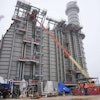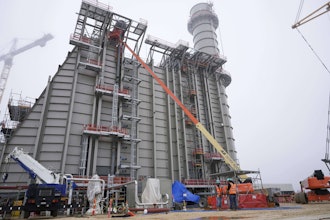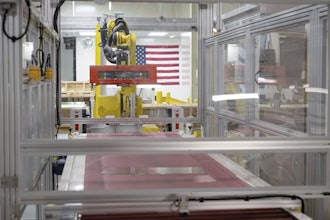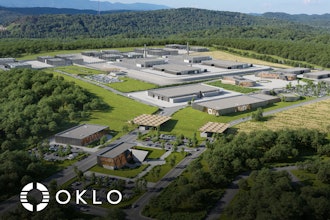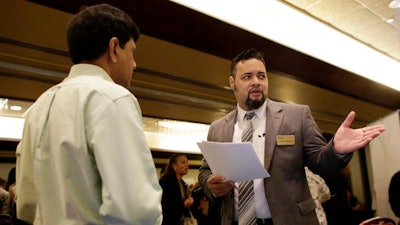
WASHINGTON (AP) — U.S. companies added 179,000 jobs in July, according to a private survey, a steady gain suggesting that hiring remains healthy after a sharp fall-off in the spring.
Payroll processor ADP said Wednesday that last month's job growth was driven by services companies — ranging from retailers to shipping firms — which added 185,000 positions. Construction companies, by contrast, cut jobs. And manufacturers added a meager 4,000 positions.
The report showed that many businesses are still hiring even as economic growth has remained sluggish. The additional jobs could help keep Americans spending and support an acceleration of the economy in the second half of the year.
Solid gains occurred in both higher-paying and lower-paying industries, extending a trend of greater hiring at the upper and lower levels of the pay scale, with fewer gains in middle-income jobs.
Financial services firms added 11,000 jobs, and professional and business services, a category which includes upper-income positions such as engineers and architects, as well as low-paying temp jobs, added 59,000.
Still, the ADP figures cover only private businesses, and they often diverge from the government's official jobs reports for the same month. Economists have forecast that the government's employment report for July, to be released Friday, will show a gain of 175,000 jobs and that the unemployment rate will dip to 4.8 percent from 4.9 percent.
That would be below June's sizzling gain of 287,000 jobs. But it would underscore the notion that hiring has recovered after plunging to just 11,000 added positions in May and a modest 144,000 in April.
Even so, this year's sluggish economic expansion has raised concerns about the health of the broader economy. Growth slowed to an annual pace of just 1 percent in the first six months of the year, half the already-tepid 2 percent pace of the seven-year old recovery.
And despite decent job gains in some months, companies have pulled back on hiring this year: Job growth averaged 172,000 a month, according to the government's figures, in the first half of this year — down from 237,000 a month in the final six months of last year.
That downshift likely reflects that the unemployment rate is nearly back to what economists call "full employment," and there are fewer unemployed job applicants to fill positions. That trend can weaken hiring, particularly when economic growth is sluggish.
Still, the unemployment rate may keep falling. Most analysts estimate that the economy needs to add just 85,000 a month to absorb population growth and keep the unemployment rate steady.



